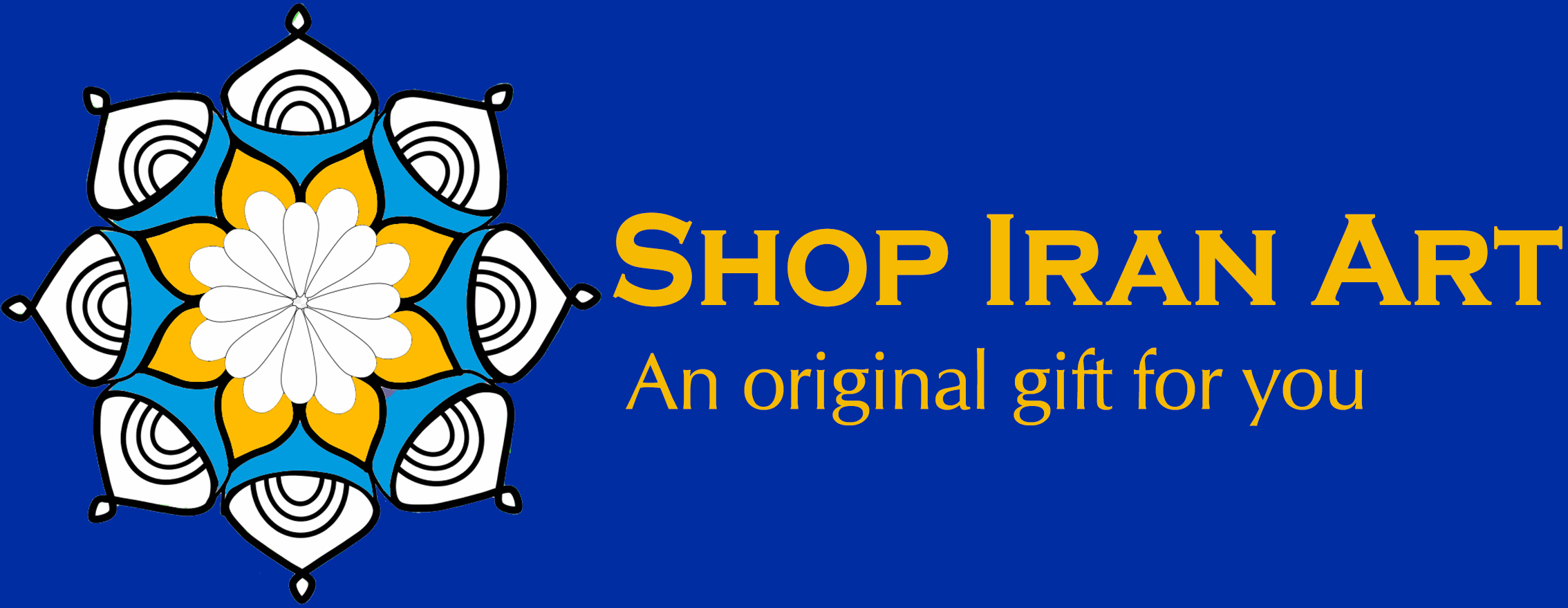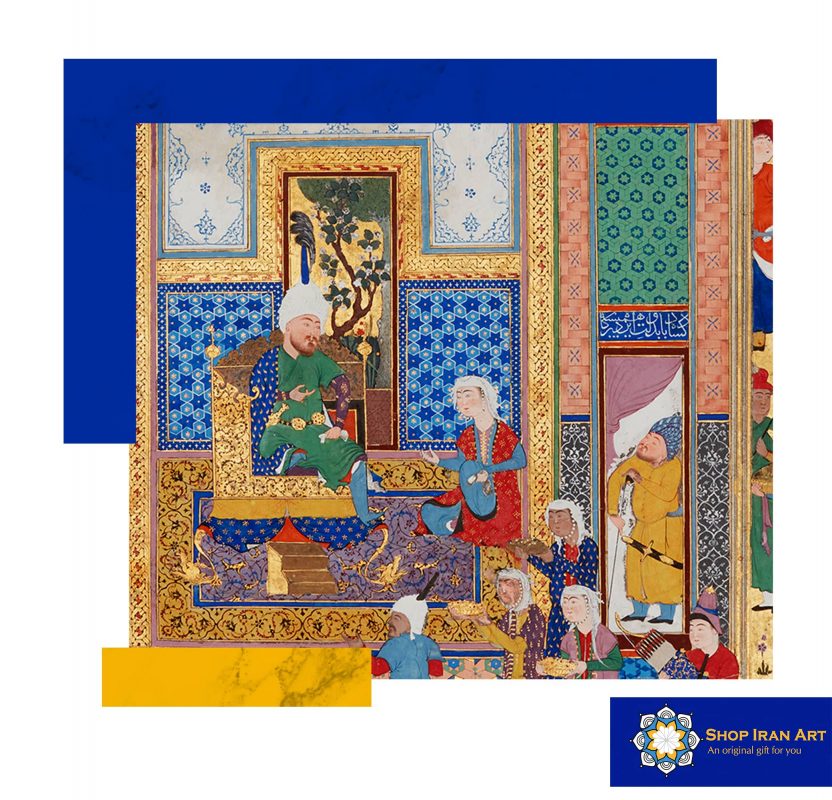Sin categorizar
Persian Miniature Painting Techniques
Timeless Artistry of Persian Miniature Painting Techniques
Persian Miniature painting is an exquisite form of art that has captivated the hearts and minds of art enthusiasts for centuries. This unique artistic tradition, rooted in ancient Persia, showcases intricate details, vibrant colors, and delicate brushwork. In this comprehensive article, we will delve into the fascinating world of Persian Miniature painting techniques, exploring its historical significance, artistic process, and enduring appeal.
Historical Context
To fully appreciate the richness and significance of Persian Miniature painting, we must delve deeper into its historical context. The origins of this art form can be traced back to ancient Persia, particularly during the 13th century, when it began to flourish and gain prominence. However, its true development and refinement took place during the Mongol and Timurid dynasties, reaching its pinnacle between the 14th and 17th centuries.
Persian Miniature painting emerged as a powerful means of artistic expression, but it was far more than just a visual delight. It served as a medium for storytelling, documenting history, illustrating literary works, and capturing the cultural, religious, and social aspects of Persian society. These miniature paintings were like windows into the past, providing invaluable insights into the lives, traditions, and beliefs of the people who inhabited ancient Persia.
During the Mongol and Timurid dynasties, Persian Miniature painting flourished under royal patronage. Kings and nobles embraced this art form, employing talented artists to create miniature masterpieces. These paintings adorned the pages of royal manuscripts, illustrating epic poems, historical accounts, and literary works. They not only enriched the written word but also served as a visual narrative, enhancing the reader’s understanding and engagement with the text.
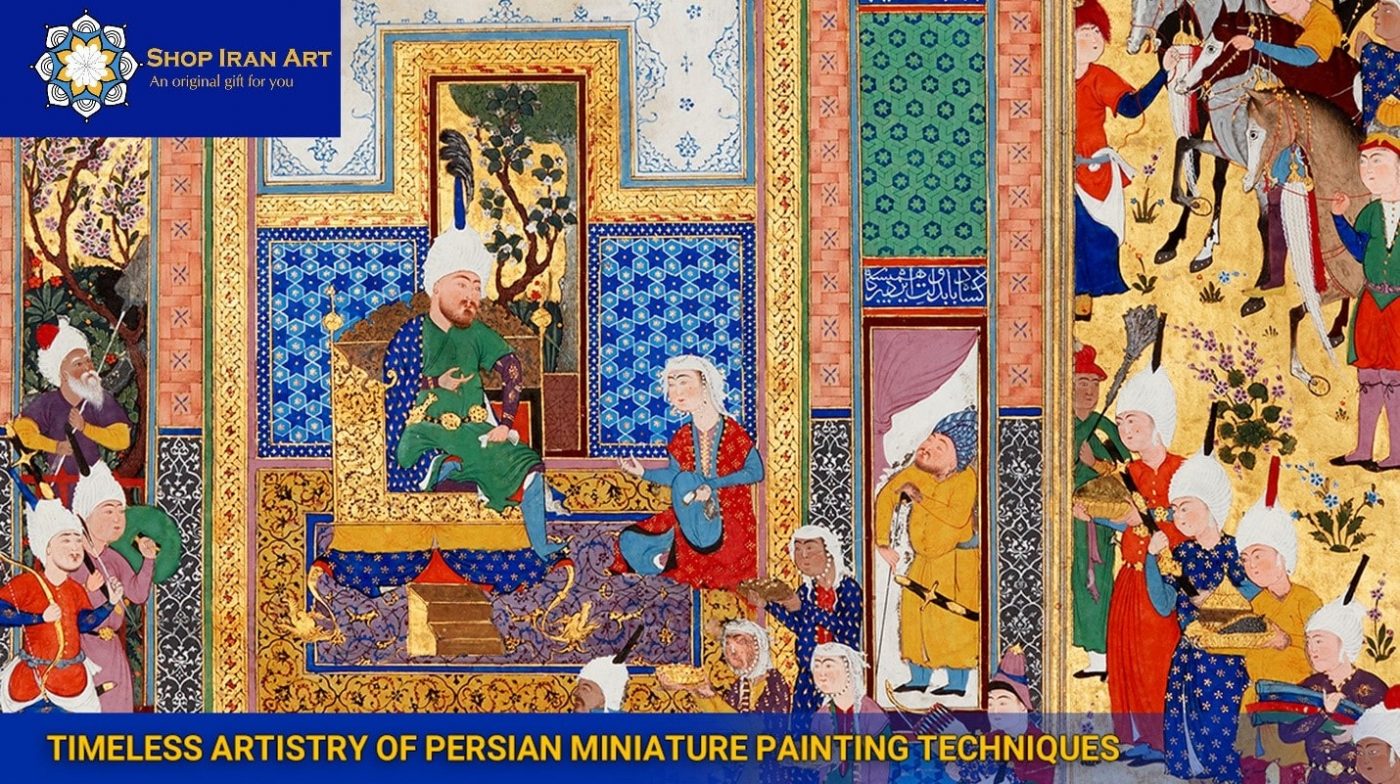
Persian Miniature paintings were meticulously crafted with extraordinary attention to detail. They depicted scenes from daily life, courtly activities, battles, and mythological stories, creating a vibrant tapestry of Persian culture. These miniatures were often accompanied by calligraphy, which added another layer of artistic sophistication to the composition.
Religion played a significant role in shaping Persian Miniature painting. Islamic art principles, combined with Persian aesthetics and techniques, influenced the subject matter and iconography of these artworks. Islamic religious texts, such as the Quran, inspired the portrayal of prophets, religious stories, and spiritual themes. The delicate balance between religious reverence and artistic expression was a defining characteristic of Persian Miniature painting.
In today’s world, Persian Miniature painting holds immense cultural and artistic value. It serves as a bridge between the past and the present, connecting contemporary audiences with the rich heritage of Persian art. With each stroke of the brush, these miniatures whisper stories of kings, poets, warriors, and lovers, preserving the essence of Persian history and inspiring awe in the hearts of those who appreciate their beauty.
Materials and Tools
The production of Persian Miniature paintings involved the use of specific materials and tools, each playing a crucial role in achieving the desired results. Traditional materials included handmade paper, mineral-based pigments, and natural dyes. The pigments were derived from sources such as minerals, precious stones, and even insects. Brushes made from animal hair, such as squirrel or camel, were carefully selected based on their size and stiffness, enabling the artist to execute intricate details with precision.
Preparation and Design
Before beginning a Persian Miniature painting, meticulous preparation was necessary. The paper was carefully treated to prevent deterioration, ensuring longevity. The artist would then create a detailed sketch, known as “taslīm,” to plan the composition, layout, and placement of elements. The composition was often divided into geometrically arranged sections, representing different scenes or narratives.
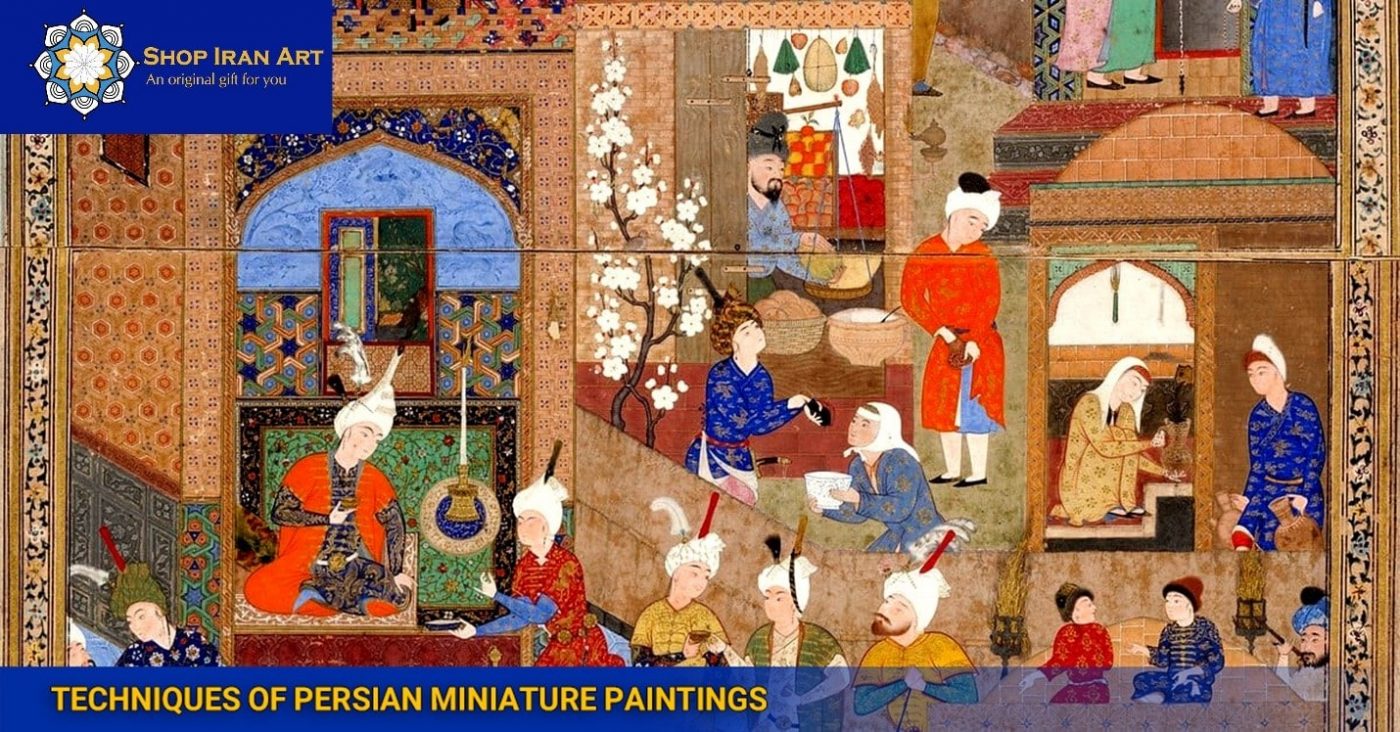
Techniques of Persian Miniature paintings
Underpainting and Layering
One of the distinguishing features of Persian Miniature painting is the meticulous layering technique employed by the artists. The process involved multiple layers of paint, starting with an underpainting known as “zamīn,” which established the overall tonal values and basic color scheme. Subsequent layers were gradually built upon the underpainting, allowing for the gradual refinement of details and the creation of depth and texture. This layering technique gave Persian Miniatures their characteristic luminosity and richness.
Brushwork and Detailing
The mastery of brushwork was fundamental in Persian Miniature painting. The brushes were manipulated with precision to create fine lines, intricate patterns, and intricate details. The delicate nature of the brushwork allowed artists to portray facial expressions, textiles, and architectural elements with remarkable realism. The use of gold or silver leaf was also common, adding a touch of opulence to the artwork.
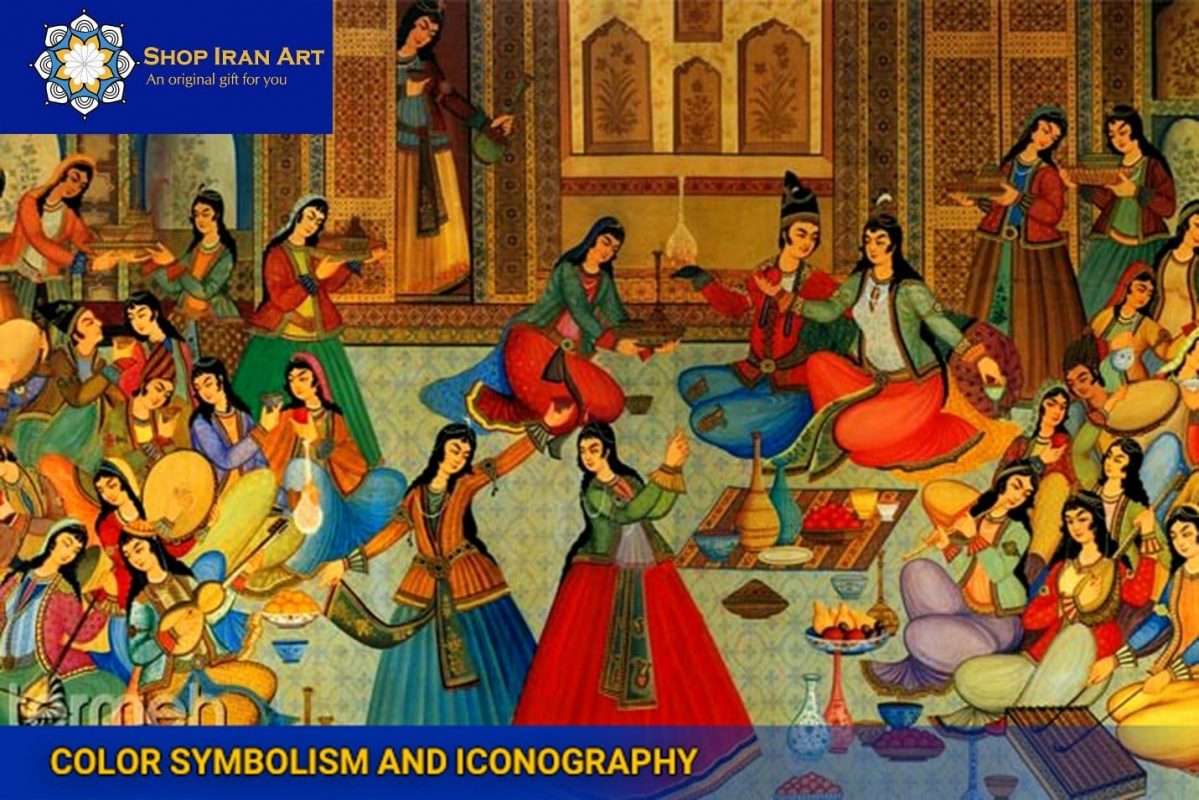
Color Symbolism and Iconography
Colors played a significant role in Persian Miniature painting, each carrying symbolic meanings. The color palette consisted of vivid hues, often derived from natural sources. Blue symbolized spirituality and transcendence, while green represented fertility and paradise. Red evoked passion and courage, and gold signified divinity and wealth. The use of specific colors in a composition conveyed underlying themes and emotions, adding depth to the narrative.
Preservation and Conservation
The delicate nature of Persian Miniature paintings required careful preservation and conservation. These artworks were highly susceptible to environmental factors, such as humidity and light. To ensure their longevity, it was crucial to store them in controlled environments, shielded from direct sunlight. Proper framing and periodic restoration by skilled conservators were essential to maintain their original splendor.
What we said so far
Persian Miniature painting techniques have stood the test of time, captivating generations with their exquisite beauty and cultural significance. The intricate brushwork, meticulous layering, and vibrant colors have made Persian Miniature paintings a cherished art form worldwide. To experience the allure of these timeless masterpieces, one can explore the remarkable collection of Persian Miniature artifacts at Shop Iran Art online shop, where the rich heritage of Persian art is preserved and made accessible to art enthusiasts around the globe.
Remember, Persian Miniature painting is not just a piece of art; it is a journey through history, a testament to the artistic genius of Persian culture. So, immerse yourself in the enchanting world of Persian Miniatures and discover the profound beauty that lies within.
What is Persian Miniature painting?
Persian Miniature painting is a traditional art form that originated in ancient Persia, characterized by intricate details, vibrant colors, and delicate brushwork.
What materials are used in Persian Miniature painting?
Traditional materials include handmade paper, mineral-based pigments, natural dyes, and brushes made from animal hair.
How old is a Persian Miniature painting?
The art form dates back to the 13th century and reached its peak during the Mongol and Timurid dynasties in the 14th to 17th centuries.

